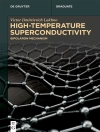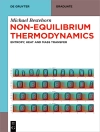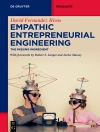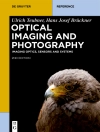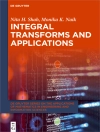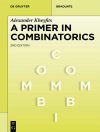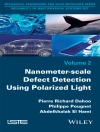How can a piano tuner obtain such high precision with no other
measuring device than their own ears? How can a sequence of notes
seem to rise continuously despite coming back periodically to the
same notes? What are the possibilities and the limits of digital
sound? These are a few examples of questions that are discussed in
this book, which presents an overview on the nature of musical
sounds, from their production by acoustic music instruments to
synthesized sounds obtained with computers.
The topics that are treated include sound propagation, Fourier and
time-frequency analysis, psychoacoustics, analog and digital signal
processing theory, computer science and MP3 sound compression, and
of course… music!
Tabla de materias
Foreword.
Chapter1. Sounds.
1.1 Sound Propagation.
1.2 Music Theory Interlude.
1.3 Different Types of Sounds.
1.4 Representation of Sound.
1.5 Filtering.
1.6 Study Problems.
1.7 Practical Computer Applications.
Chapter 2. Musical Instruments.
2.1 Strings.
2.2 Bars.
2.3 Membranes.
2.4 Tubes.
2.5 Timbre of Instruments.
2.6 Study Problems.
2.7 Practical Computer Applications.
Chapter 3. Scales and Temperaments.
3.1 The Pythagorean Scale.
3.2 The Zarlino Scale.
3.3 The Tempered Scales.
3.4 A Brief History of A4.
3.5 Giving Names to Notes.
3.6 Other examples of Scales.
3.7 Study Problems.
3.8 Practical Computer Applications.
Chapter 4. Psychoacoustics.
4.1 Sound Intensity and Loudness.
4.2 The Ear.
4.3 Frequency and Pitch.
4.4 Frequency Masking.
4.5 Study Problems.
4.6 Practical Computer Applications.
Chapter 5. Digital Sound.
5.1 Sampling.
5.2 Audio Compression.
5.3 Digital Filtering and the Z-transform.
5.4 Study Problems.
5.5 Practical Computer Applications.
Chapter 6. Synthesis and Sound Effects.
6.1 Synthesis of Musical Sounds.
6.2 Time Effects: Echo and Reverberation.
6.3 Effects Based on Spectrum Modification.
6.4 Study Problems.
6.5 Practical Computer Applications.
Bibliography.
Index.
Sobre el autor
Philippe Guillaume is a Professor at INSA Toulouse, France
where he teaches applied mathematics and musical acoustics.
He is a researcher within the Laboratory of Mathematics for
Industry and Physics in the same Institute. He worked for many
years in his youth as a piano tuner for famous pianists.


